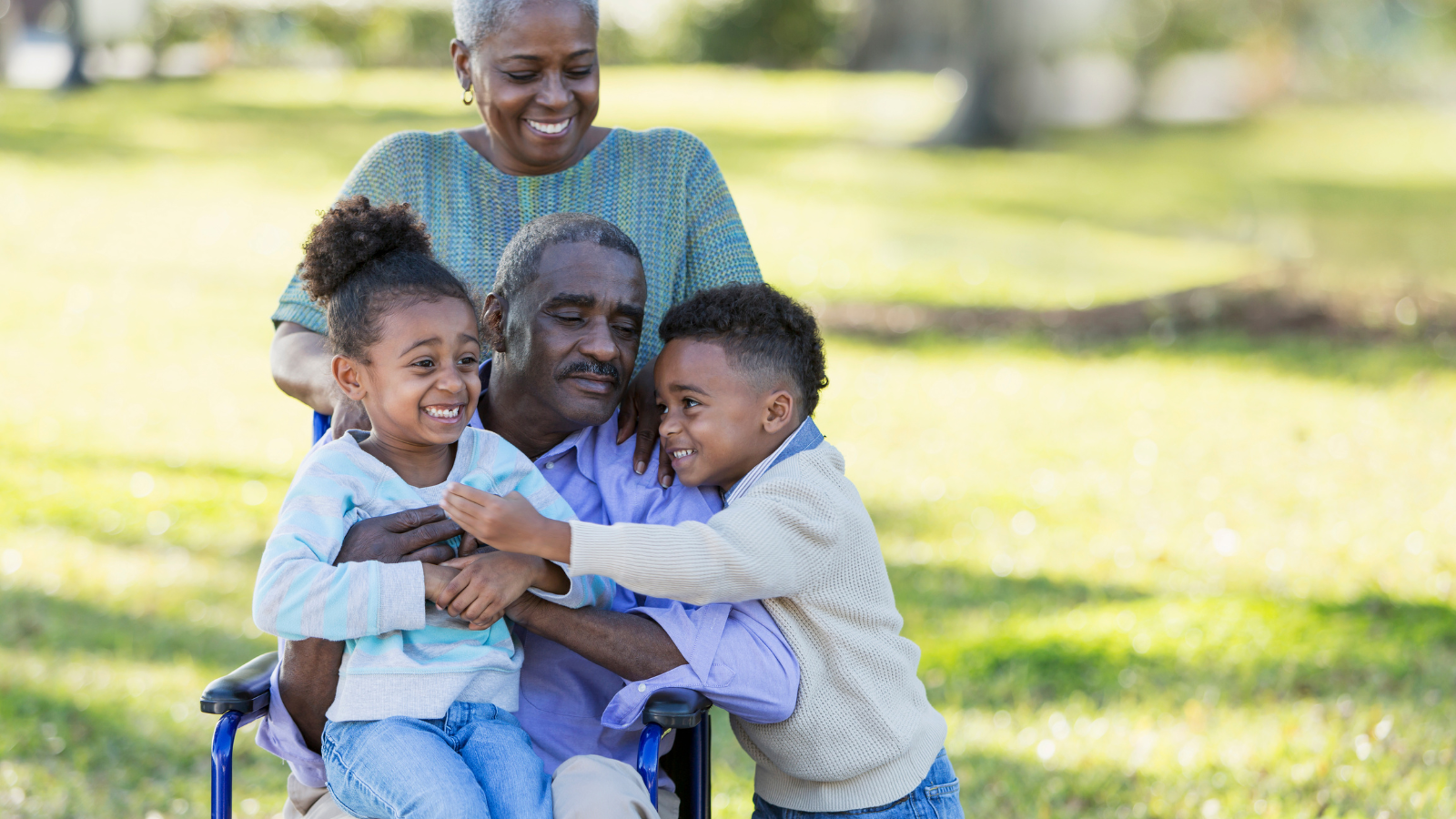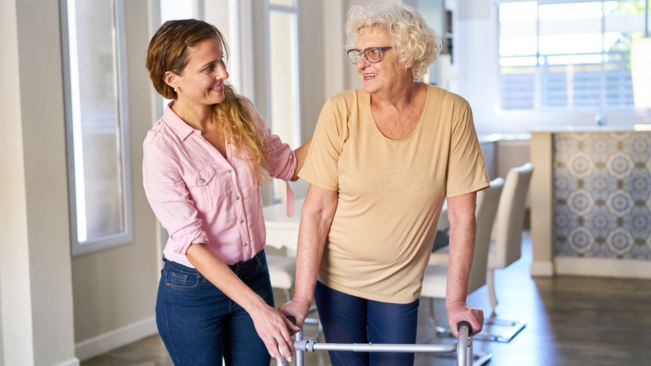Fall is Here – Let’s Talk About Fall Risks for Seniors
September 22, 2024
Fall is here! Along with it comes the annual Falls Prevention Awareness Day (September 22nd), designated by the National Council on Aging. However, for seniors, every day should be Fall Prevention Awareness Day. Here’s why:
Statistics on Falls Among Seniors:
- One in four Americans aged 65+ falls each year.
- Falls are the leading cause of trauma-related hospital admissions among older adults.
- Falls result in more than 2.8 million injuries annually treated in emergency rooms, including more than 800,000 hospitalizations.
Given these alarming numbers, it’s essential to take steps to prevent falls. Fortunately, there are numerous ways to reduce the risk of falls, such as vision checks and balance techniques.
Eliminate Hazards in the Home
The first and foremost step is to remove hazards in the home. A quick look around the bedrooms, bathroom, living room, and hallways can reveal an obstacle course of potential dangers. Here are some tips to make your home safer:
- General Safety Measures:
- Keep boxes, newspapers, and electrical and phone cords out of the hallways.
- Keep high-traffic areas free from coffee tables, magazine racks, and plant stands.
- Remove loose rugs or secure them with slip-resistant backing, tacks, or double-sided tape.
- Rapidly repair loose floorboards.
- Keep necessities—clothing, dishes, food—within easy reach.
- Clean spills as soon as they happen.
- Place non-slip mats in the bathtub or shower.
- Consider using a bath or shower seat.

Light Up Your Life
An often overlooked method of reducing fall hazards is keeping your home brightly lit:
- Lighting Tips:
- Install night lights in the bedroom, bathroom, and hallways.
- Place a lamp within reach of the bed.
- Maintain clear paths to light switches that aren’t near doorways.
- Consider illuminated switches.
- Ensure lights are on before ascending or descending stairs.
- Store a flashlight in easily accessible places for power outages.
Use Assistive Devices
Canes and walkers are obvious aids to prevent falls, but other implements can help as well:
- Assistive Devices:
- Install handrails on both sides of stairways.
- Attach non-slip treads on non-carpeted steps.
- Consider additional bathroom safety measures, such as a raised toilet seat, grab bars, and a hand-held shower nozzle.
Fear of falling, or even a previous fall, doesn’t have to change your life. With medication management, balance techniques and training, and improved strength, agility, and endurance, falls are much more preventable than you may realize.
But step one is not giving falls a head start in your own home.
Sources:
- National Council on Aging
- Mayo Clinic
- Lexington Health Network